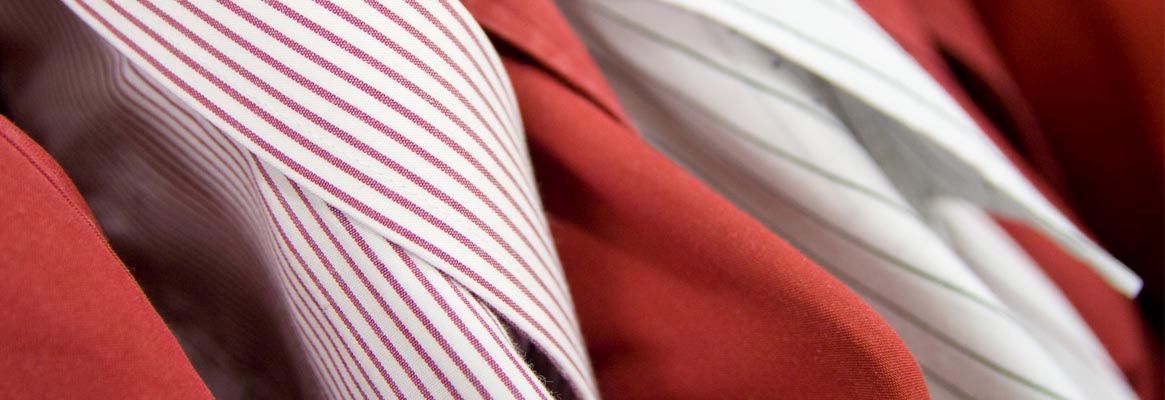The Study of Fabric Drape & Measurement: An overview
Abstract
The paper intended to make a survey of existing research in fabric drape. To understand drape behaviour it is essential to know measurement of drape. This paper reviews research related to drape characteristics of fabric, different types of instruments developed to measure drape and properties influencing.

Key Words: Fabric drape, Fabric Testing, Garment drape
Drape and drapeablity are terms for that property of textile materials, which allows a fabric to orient it self in to graceful folds or pleats when acted upon by force of gravity. Hence a fabric is said to have good draping qualities when configuration is pleasing to the eye [Chu et al (1950)]. Fabric drape also refers to the manner in which fabric falls, shapes, flows with a model or human body as well as on furniture and wall hanging when only part of it directly supported. This is a very important mechanical property due to its influence on appearance of clothing. Drape is defined as the "extent to which a fabric will deform when it is allowed to hang under its own weight" [BS Handbook (1974)]. This unique characteristic provides a sense of fullness and graceful appearance, which distinguish fabric from other sheet materials.
When material is draped it can bend in one or more directions, curtains and draperies usually bend in one direction, where as garments and upholstery exhibits a complex three dimensional form with double curvature. Thus fabric drape is a complex mathematical problem involving large deformations under low stress. Initially fabric is draped rapidly based on its weight overcoming the resistance associated with its stiffness, after which the stiffness of fabric structure resists further deformation. Fabrics may drape in dramatically different ways depending upon fibre, type of yarn, fabric structure and type of finish.
About the Authors
S. F. Harlapur, and Dr. T.Ananthakrishnan, are associated with SRVR Polytechnic, Guledgudd and GSKSJTI, Bangalore respectively.








